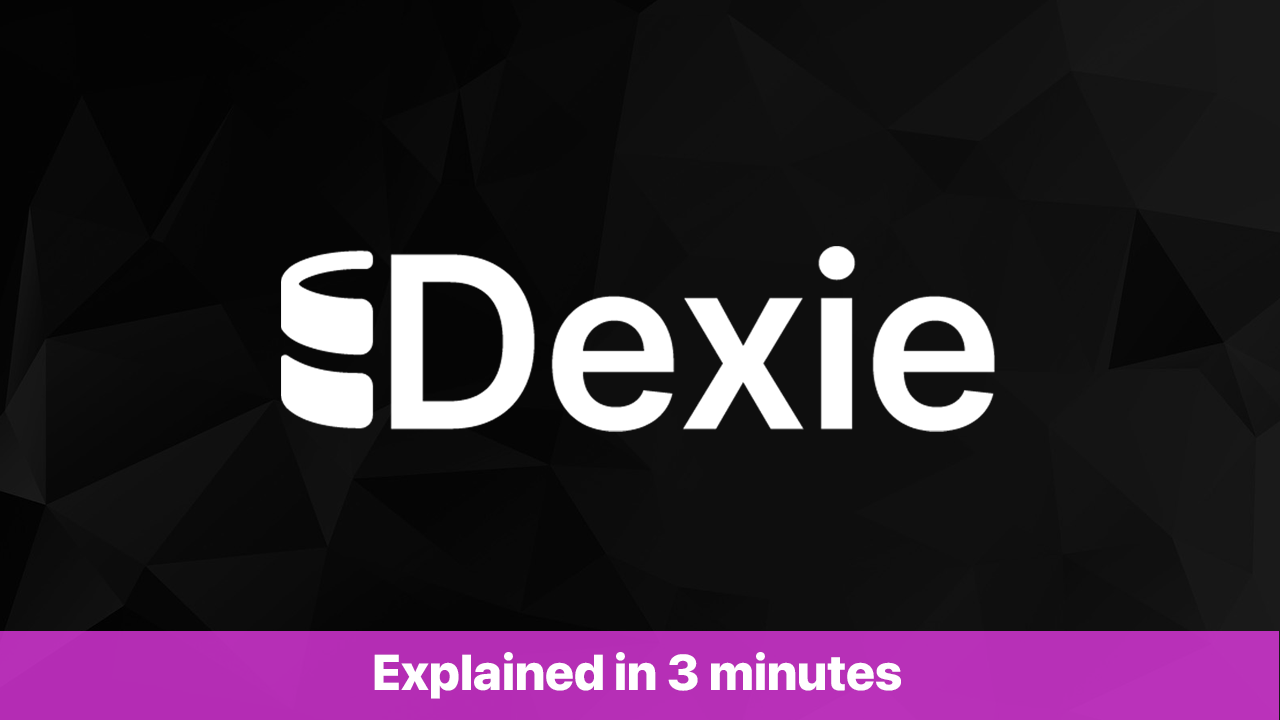IndexedDB made simple. Add cloud sync for auth, storage, with real-time updates. One unified data layer across all platforms — no backend required. Truly offline-first.
import { Dexie } from "dexie";
const db = new Dexie('MyDatabase');
// Declare tables, IDs and indexes
db.version(1).stores({
friends: '++id, name, age'
});
Starts with powerful IndexedDB — the built-in, offline-ready database for the browser.
Store and access files and data directly from the frontend — no servers to maintain.
Built-in user management and login. Optimized for hybrid applications on all platforms.
Effortlessly sync and share data in real-time across all devices.
Write once — run anywhere JavaScript runs.
Works with any JavaScript framework or library.
A simple but concice Dexie Cloud application, built with vanilla React and Vite. It is a great starting point for building your own Dexie Cloud application.
Dexie Cloud Starter uses collaborative text editing with Y.js and Tiptap. Inspired by the popular MyMind app, it demonstrates how to build a collaborative note-taking application using Dexie Cloud.
An example of a Dexie Cloud application built with Svelte. It is a great starting point for building your own Dexie Cloud application using Svelte.

After eight inspiring weeks of innovation, collaboration, and creativity, we're thrilled to announce the outstanding winners who pushed the boundaries of what's possible with Dexie.js and Dexie Cloud!
A collaborative whiteboard app designed for seamless creativity, both online and offline. Built on top of the powerful drawing library tldraw.dev combined with Dexie Cloud for sync and local-first storage.
Award: One On-Prem Gold license + Exposure (Value: $7,995)
Live DemoIn the application totodo.app, Dexie handles everything - authentication, real-time sync, file storage, and offline support. No backend setup, no separate services, no complexity.

Complete user authentication with passwordless login and OAuth providers. What typically requires complex backend setup and multiple services is handled entirely by Dexie Auth with no backend needed.
The login screen adapts to the brand while maintaining security standards. Built-in components handle validation and error states automatically.
Passwordless login with custom email templates gives users branded magic links with no password management complexity.
Google, Microsoft, and GitHub login options work seamlessly across all platforms with automatic token management.
© 2014-2025 Awarica AB
Made with love for great people.
Read Terms & Conditions and Privacy Policy.